10 Employee experience strategies
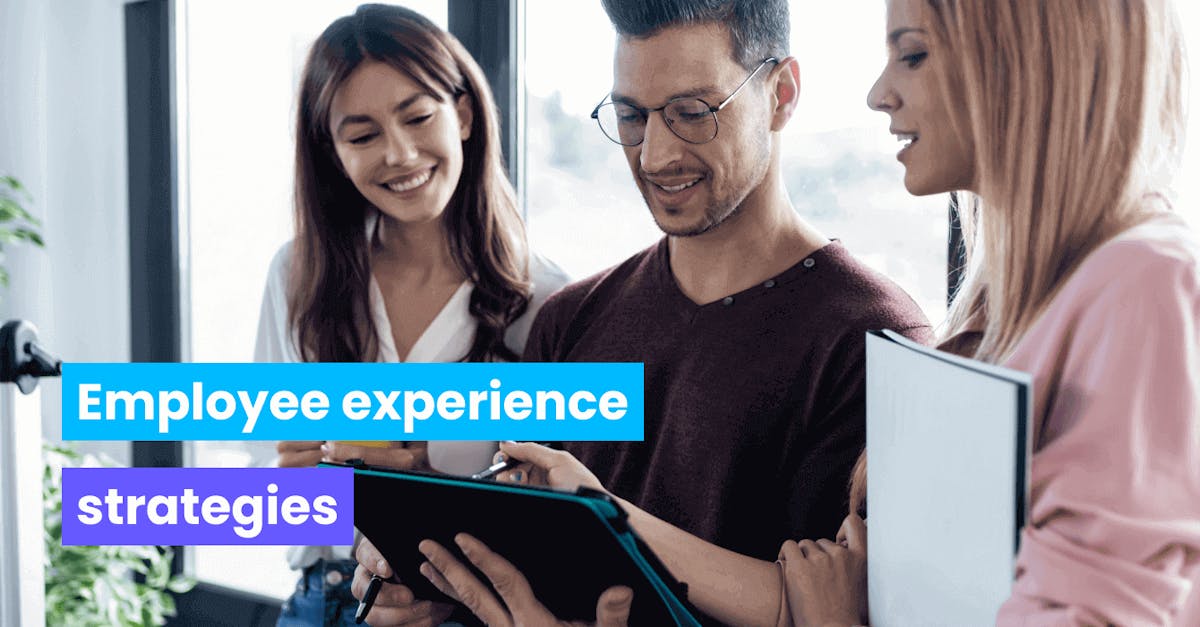
An employee's entire journey and perception directly impact retention, workplace productivity, customer satisfaction, and employer brand. On that account, we've compiled this list of employee experience strategies to help you cultivate a win-win situation that ultimately drives success for both your employees and your organization.
1. Put your employees first
When you're an employer, you should understand that your employees are your most valuable asset. Your business can't function without your people. That's why it's a basic employee experience strategy to look for ways to make them more comfortable and satisfied with their jobs.

Companies thrive when their employees are happy. Some ideas you can consider to achieve this include giving your employees the freedom to come up with decisions and new ideas and taking responsibility for their work. This will instill in them a growth attitude that's open to learning, trying new things, and always getting better.
It's also important to pay attention to your physical workspace. Make sure that they're comfortable, functional, and perfect for getting work done. Think about adding collaborative spaces, quiet rooms, ergonomic chairs, and access to natural light. A well-designed office can improve employees' health, motivation, and creativity.
A good talent management process can help you streamline any corporate operation that involves your employees. It’ll guide you on your employee experience solution, from onboarding and training to retention and succession planning. Thankfully, there's a tool you can use for that.
EdApp is a multi-awarded learning management system (LMS) that you can use for high-quality workplace training. It's one of the best possible ways to show that you care for your employees first and foremost. For one thing, EdApp makes it convenient to develop your employees with its mobile-first Learning methods. That means they'll be able to access learning content when and where it suits them.
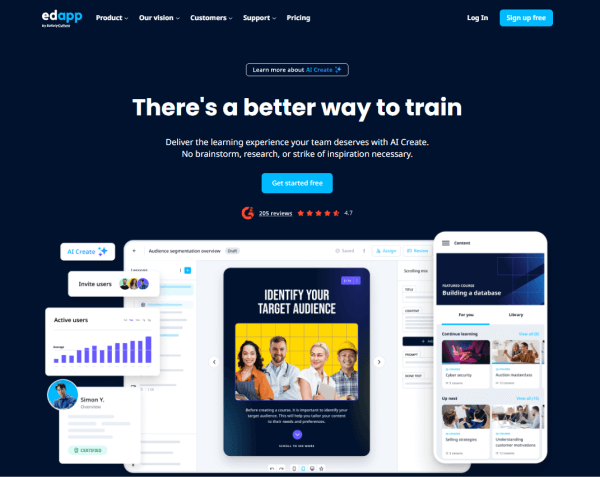
EdApp will also let you tailor memorable learning experiences to each of your employee's needs and preferences. Through microlearning paths and customized content, your team can interact with material that's easy to digest and relevant to their roles and career growth.
Enhance your employee experience strategy with EdApp! Sign up for free today.
2. Foster a supportive and collaborative work culture
Encourage teamwork and give your employees places or platforms where they can easily work together, share knowledge, and work toward the same goals.

You can encourage knowledge sharing by setting up platforms or channels where workers can share their expertise, insights, and best practices with each other. This can be done through knowledge-sharing sessions, internal blogs, or online forums.
Break down walls between teams and departments and push them to work together. Create an environment where workers from different backgrounds and with different skills can work on projects, solve problems, and share their other points of view.
Recognizing and appreciating employees' efforts is also part of a supportive work culture. Celebrate everyone's successes, big and small, and tell them how their work has helped. This can be done through public recognition, thank you emails, or even a short program.
In the context of workplace training, you can use EdApp's Achievements feature. Here, you can add customizable banners and badges to keep your team motivated throughout their employee experience. On top of that, EdApp has social and peer Learning tools where they can share ideas and information with each other in various formats.
3. Encourage open and honest communication
Encourage open, honest communication at all levels of the organization. Remember to make sure everyone's voice is heard and valued, so it's essential to provide different avenues for employees to share their opinions. They can make meaningful conversations through team gatherings, one-on-one talks, or regular feedback sessions.
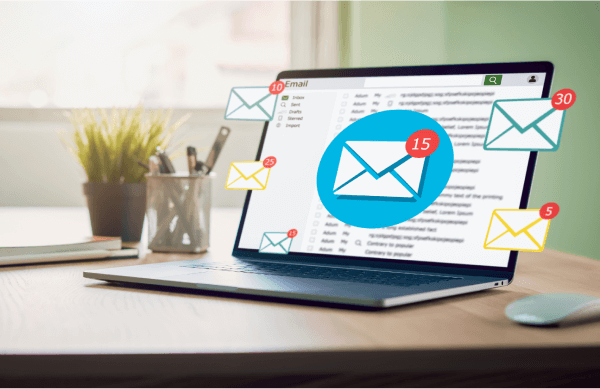
Another way to promote open communication is to have weekly town hall gatherings. It’ll allow you to address employees' questions and share company updates, performance indicators, and strategic initiatives. Your employees will also better understand the decision-making process and feel empowered to contribute to your organization's success.
4. Promote work-life balance
Work-life balance has become a massive factor in whether a job candidate wants to proceed with applying to a company. You'll have to use this employee experience strategy if you aim to appeal to top talent or simply retain your existing employees.
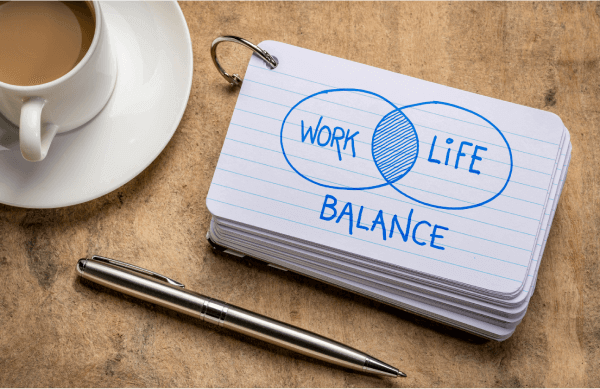
You can do this by offering flexible work arrangements to your employees. If the nature of their work doesn't require them to go on-site, consider offering remote, flextime, or reduced workweeks. And if they need to unplug, recharge, or take breaks, encourage them to take vacation time. Give support through coverage and assistance.
It’ll help if you also remind them to set work-life limits and give advice on managing workloads and prioritizing tasks. Set an example and respect your employees by discouraging work emails or calls during their off-hours.
To avoid burnout, encourage your employees to attend wellness workshops like fitness, mindfulness, or mental health training programs. It's a great way to help them maintain healthy physical, mental, and emotional well-being at work and home.
If you have a particular topic in mind, you can use EdApp's Creator Tool. You’ll be able to deliver more personalized lessons on any wellness-related topics you need to address with your team.
5. Enhance your leaders’ management skills
Good leadership sets the tone for the entire organization. Employees want to see their managers mirror the values of collaboration, support, and respect. Start by nudging your company leaders to seek criticism and self-reflection from their teammates, peers, and superiors. This should help enhance their leadership performance.

Leadership also requires a good grasp of emotions, strengths, and weaknesses. Communication skills for managers, like empathy and active listening, can help your leaders build rapport with their coworkers, improving their team's overall employee experience.
Make it a mission for your managers to keep track of industry developments and best practices in management and leadership, so they'll have up-to-date technologies, methods, and strategies. Support their growth by encouraging them to attend workshops, seminars, or conferences. You can offer several high-quality, expert-led management training programs, which they can take online.
Employee experience strategy #6 - Offer mentorship programs and training opportunities
Employees who don't feel like they're growing professionally often resort to leaving their company. But you can prevent this by giving your workforce opportunities to upskill for professional development and learning.

You can implement this employee experience strategy by offering mentorship and coaching. Not only can you help your team members, but you'll also get the chance to practice your own skills.
You can also offer cross-departmental mentoring, lunch and learn sessions, and external training and conferences. Or conduct targeted workshops on relevant skills like project management, public speaking, data analysis, and digital marketing, depending on your employees' nature of work.
Make use of available employee training tools if you're looking for a modernized training solution. Give your team access to LMSs that offer self-paced learning modules, webinars, and e-books where they can read up on their interests.
Keep in mind that you'll also have to tailor your mentorship and training programs according to your company's standards and your employees' jobs. EdApp's Creator Tool will let you create and personalize your courses with intuitive templates. And if you prefer to get things done quickly, you can opt for its AI Create feature to generate top-notch lessons in just a few minutes.
7. Gather employee feedback
If you're looking for other ways to improve employee experience, it's best to gather feedback. Facilitate constant improvement and innovation to build trust and teamwork. Listen to your employees to show genuine interest in solving company problems.
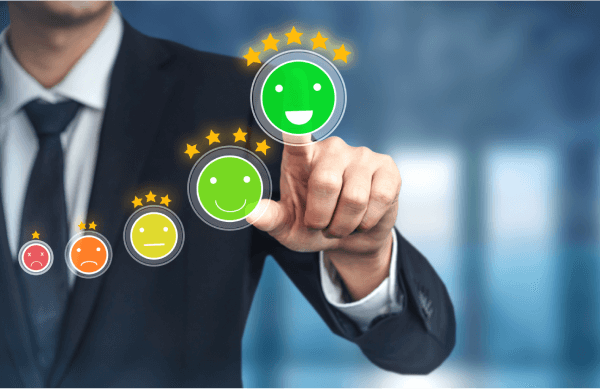
You can establish feedback mechanisms by conducting regular employee surveys on workplace satisfaction, work-life balance, career growth, and communication. Use quantitative and qualitative questions to get detailed answers, and encourage honest responses with survey anonymity.
You can also implement open-door policies to let employees contact managers, supervisors, and HR personnel for performance reviews. Or, hold interactive seminars, focus groups, or town hall meetings to allow for deeper discussions and real-time feedback.
Nowadays, organizations use workforce management tools that can simplify idea-sharing and feedback. EdApp has its own Discussions feature that will let your employees share knowledge and observations about your training efforts.
8. Organize team-building activities
Organizing team-building exercises is an employee experience strategy to create a positive and cohesive workplace that forges self-awareness, teamwork, and growth.

But before you proceed with your team's activities, it's important to set specific objectives to guide your activity selection and make sure you can deliver meaningful outcomes. Ask yourself if you're doing it to improve communication, enhance problem-solving skills, or build trust among team members.
Team-building can be done through outdoor adventures, group exercises, problem-solving challenges, friendly competitions, or creative workshops. You can playfully integrate interactive games so everyone can participate while having a fun, collaborative experience. In addition, you can preserve your team's memories in a personalized photo book to keep the day captured.
But it's not impossible to have enjoyable team-building activities if you have a remote or hybrid work setup. EdApp has Gamification features like quizzes, challenges, and leaderboards that you can use for better engagement. You can never go wrong with combining learning and fun to improve the employee experience.
9. Implement effective performance management strategies
Setting clear goals for each employee's success is essential for effective performance management. Clearly define job responsibilities, objectives, and key performance indicators (KPIs) that are specific, measurable, attainable, relevant, and time-bound (SMART).

It's vital to involve your employees in setting their own objectives, so they'll know when to start and where to focus their efforts. Talk with your employees if they have new ideas about process improvements, and reward them for enhancing systems, workflows, or customer happiness.
You can also take advantage of performance management systems to establish a method for consistently monitoring employee performance. Use it to review goals and KPIs and provide comments to keep personnel on track. EdApp's Reporting and Analytics will let you conveniently access engagement and performance insights and export them to actionable reports.
10. Invest in the right tools and resources
The last employee experience strategy on this list is investing in the right tools and resources to help your team work faster and adapt to a changing business environment.

Use current digital tools and employee experience software to streamline your business processes. Software for project management, collaboration, time-tracking, and automation will let employees manage projects, collaborate remotely, and decrease administrative responsibilities.
Employee growth and progress also require learning and development (L&D) resources. You can purchase a comprehensive LMS for corporate training to help you with that, or opt for free L&D tools like EdApp. It has a Course Library that houses over 1,000 highly-customizable training courses – all at no cost.
Refine your employee experience strategy with the ultimate learning and development tool today!
Author
Ella Mar
Ella is a content writer for EdApp, an award-winning e-learning management system designed to help companies deliver high-quality workplace training. In her free time, she enjoys painting, reading, or playing with her cat.
